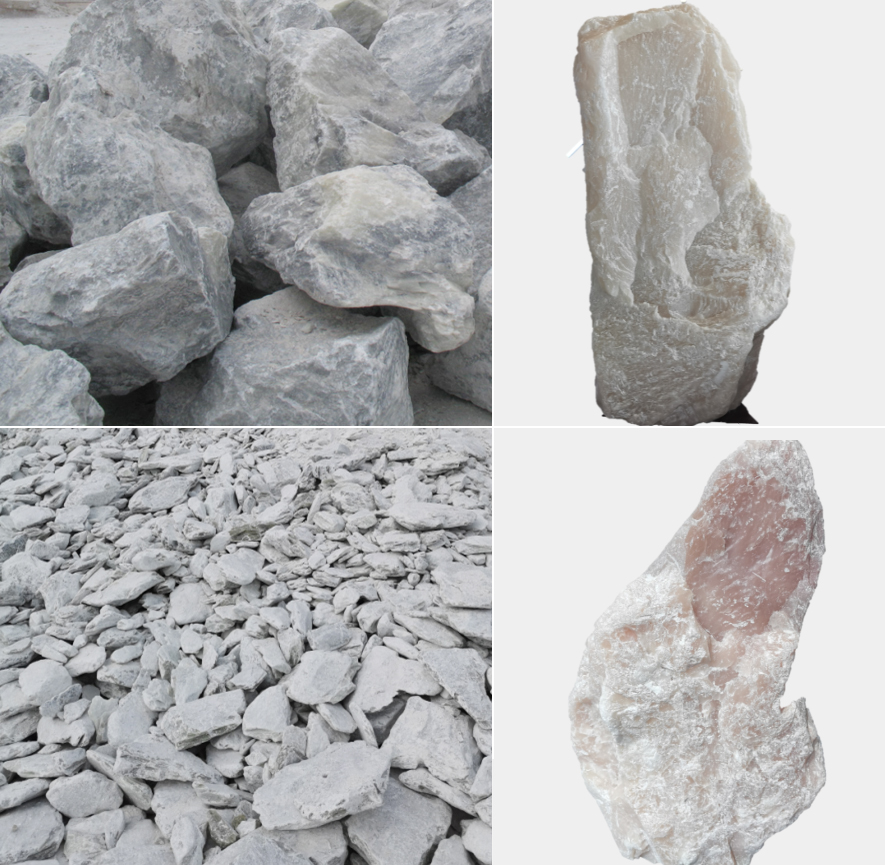Service hotline
+86-411-82708388
 Service hotline
Service hotlineTalc is our planet's softest known mineral with lamellar, inert and organophilic properties. Talc is also called steatite or soapstone. In chemical terms, it is hydrated magnesium silicate. Its crystals usually develop massive, leafy aggregates with laminar particles. Talc usually appears in white color, however, it also can be in colors of grey, green, blue, pink and even black. As a natural mineral, talc usually occurs in combination with other minerals such as chlorite, magnesite and dolomite.
Although all talc are lamellar, their platelet size differs from one deposit to another. Small crystals provide a compact, dense ore, known as microcrystalline talc. Large crystals come in papery layers. This form of talc is known as microcrystalline talc. The unique mineralogy and morphology of each talc determines its individual properties, and confers specific functions to a particular end-use.
(1).jpg) Figure 1 Talc molecular structure |
(1).jpg) Figure 2 Talc microscopic structure |
